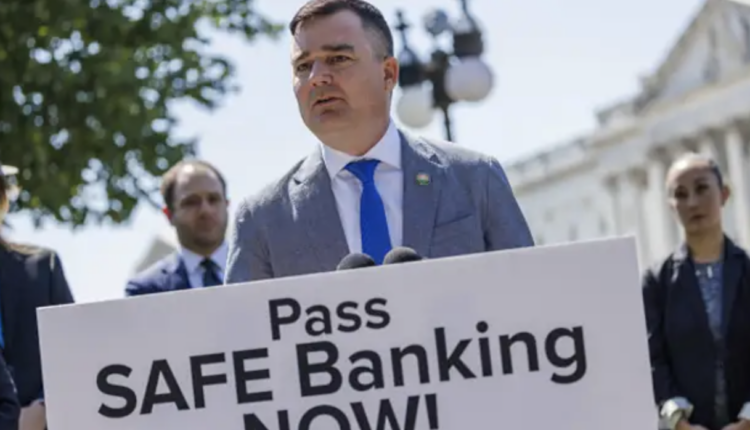
Impact of the SAFER Banking Act on Cannabis Companies
The TDR Three Takeaways on SAFER Banking Act:
- The SAFER Banking Act aims to expand access to banking for cannabis businesses, reducing safety risks and promoting industry growth.
- Despite bipartisan support, the SAFER Banking Act still faces hurdles in Congress, highlighting the ongoing federal-state legal tension.
- The Act does not fully address all financial service’s needs, leaving gaps in capital market access for cannabis-related businesses.
Alex Malyshev, a partner at Carter Ledyard & Milburn LLP shared on Reuters their firm’s view of the impact of the SAFER Banking Act for Cannabis companies. I share below a summary of the article as I thought it would be helpful to our readers.
The passage of the SAFER Banking Act represents a significant potential shift in the financial operations for the state-legal cannabis industry. Currently, a large portion of cannabis businesses operate with limited access to traditional banking services due to cannabis’s federal illegality. This situation places operational and safety burdens on these businesses, which often have to rely on cash transactions.
The SAFER Banking Act seeks to alleviate these challenges by offering safe harbor to financial institutions that provide services to cannabis businesses compliant with state laws. This legislative effort aims to normalize banking relations for these businesses, enhancing their ability to secure deposit accounts, obtain loans, and more effectively manage their finances.
One of the Act’s primary benefits would be the reduction of safety risks. Cannabis businesses, by dealing extensively in cash, face higher threats of theft, fraud, and violence. The Act’s provision for improved access to banking services directly addresses this issue, potentially transforming the operational safety landscape for these companies.
Moreover, the SAFER Banking Act could significantly increase the availability of capital and credit. Currently, cannabis businesses, especially small and minority-owned enterprises, find it difficult to secure financing. This limitation hampers their ability to grow and compete within the market. By facilitating easier access to financial services, the Act would support the expansion and diversification of the industry.
Additionally, by bringing cannabis businesses into the banking system, the SAFER Banking Act would improve the transparency and accountability of the industry. Financial institutions would play an impotant role in ensuring compliance with anti-money laundering laws, thus enhancing the overall regulatory compliance of the cannabis sector.
However, the Act has limitations and does not solve all issues faced by the industry. It does not change the federal legal status of cannabis, leaving businesses and consumers in a legal gray area. Furthermore, while the Act extends protections to banks and credit unions, it does not adequately cover all financial services, such as those provided by non-bank financial entities and capital market participants. This omission restricts the scope of the Act’s benefits, particularly in terms of access to broader capital markets.
Looking forward, the passage of the SAFER Banking Act remains uncertain. Despite bipartisan support, challenges in achieving consensus in Congress and potential opposition from a Republican-controlled House persist. The future impact of regulatory recommendations, such as those from the FDA regarding cannabis rescheduling, on the Act’s progress is also unclear.
While the SAFER Banking Act offers promising solutions to several financial challenges faced by the cannabis industry, it is not a panacea. Legislative efforts must continue to evolve to fully support the growth and development of the sector. Want to keep up to date with all of TDR’s research and news, subscribe to our daily Baked In newsletter.



